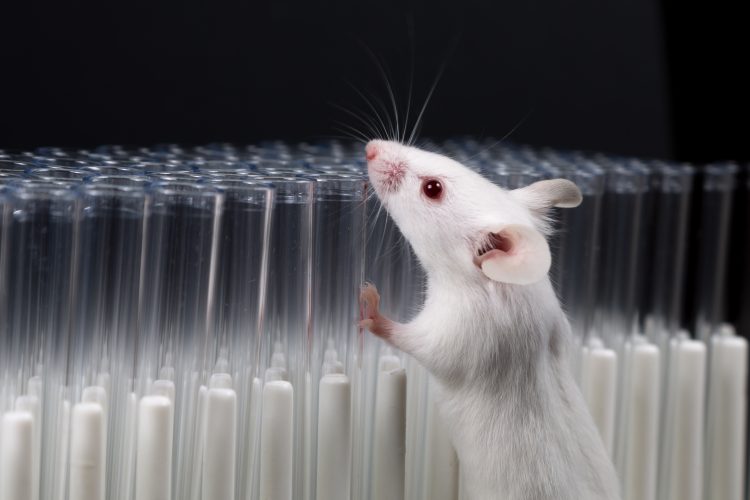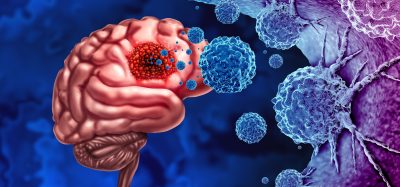Researchers suggest animal experiments may be too standardised to be reproducible
Posted: 5 June 2020 | Hannah Balfour (Drug Target Review) | No comments yet
Experts suggest that increasing biological and conditional variations in their experiments could not only make them more reproducible but also reduce the total number of animals required.


Experts have suggested that reducing the level of standardisation in animal experiments could improve the reproducibility of results and allow scientists to see if their intervention is robust across a range of conditions.
Despite animal experiments being conducted under highly standardised laboratory conditions, the reproducibility of results is surprisingly low. Experts in animal biology, experimental design, and biostatistics convened to discuss strategies to address this and have suggested in Nature Reviews Neuroscience that including more biological and conditional variation could improve the issue.
“The ability to reproduce scientific findings through an independent replication study is the acid test by which scientists distinguish facts from mere anecdotes,” said lead author Bernhard Voelkl, who hosted the workshop together with Hanno Würbel, professor of animal welfare at the University of Bern, Switzerland. “Poor reproducibility produces economic costs and scientific uncertainty – and also raises ethical concerns, if it hampers medical progress and animals are used for inconclusive studies.”
Biomarkers aren’t just supporting drug discovery – they’re driving it
FREE market report
From smarter trials to faster insights, this report unpacks the science, strategy and real-world impact behind the next generation of precision therapies.
What you’ll unlock:
- How biomarkers are guiding dose selection and early efficacy decisions in complex trials
- Why multi-omics, liquid biopsy and digital tools are redefining the discovery process
- What makes lab data regulatory-ready and why alignment matters from day one
Explore how biomarkers are shaping early drug development
Access the full report – it’s free!
More biological variation needed
Eliminating all sources of variation other than the experimental intervention is meant to increase the precision of the results, while at the same time reducing the number of animals per experiment. However, the experts suggested this rigorous standardisation narrows down the range of animals and conditions to which the findings can reliably be generalised.
“Many animal experiments are conducted under such a narrow range of conditions that there is a significant risk of obtaining results that are unlikely to be reproducible,” explained Würbel. The team advocates “heterogenisation”, the deliberate inclusion of biological variation into the design of animal experiments. They posited that this would increase the range of conditions to which findings can be generalised and thus improve reproducibility.
Naomi Altman, professor emeritus of statistics at Penn State University, added: “With this design we can balance the need to compare interventions under similar conditions with the ability to introduce heterogeneity, which allows us to determine whether effects are robust over a range of conditions.”
The biological variation could be included in many ways, for example using different strains of animals, multiple age groups or animals housed under different conditions. Alternatively, they could conduct multi-laboratory studies.
“There is no single best solution for every experiment,” said Voelkl. “Therefore, we recommend heterogenisation of animals and environmental conditions in general terms. Researchers should justify their choices with respect to the range of animals and conditions to which their findings should generalise.”
The experts are convinced that by introducing biological variation into study design, fewer studies, and thus fewer animals, will be needed to produce robust results. “We propose a paradigm shift to increase the benefit of the research and reduce the number of animals used in research,” said Würbel. “Instead of minimising the number of animals per experiment, we should maximise the amount of knowledge we gain per animal and experiment.”
To promote this shift, the team recommends that funders, regulators and scientific journal editors consider heterogenisation as the default option and ask researchers to justify study designs in terms of the range of conditions to which their findings should apply.
Related topics
Disease Research, Drug Development, In Vivo, Research & Development
Related organisations
Penn State University, University of Bern
Related people
Bernhard Voelkl, Hanno Würbel, Naomi Altman








